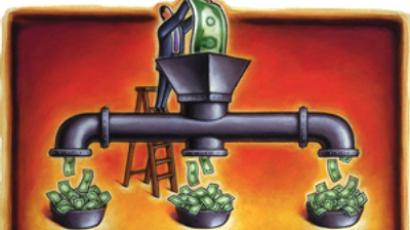LNG shapes as gas for future diversified supply
The United Nations has called a meeting of the world's top energy companies to drive production of compressed natural gas and liquefied natural gas, which can be transported by road and sea.
Compressed natural gas is reduced to 1% of its volume to allow transport in small cylinders. 7,000 filling stations and 3 million drivers across the world are already converts, with one driver summing up its clear advantage.
“It's a lot cheaper and cleaner than petrol.”
Ater Ukraine showed it could hold the continent hostage by shutting its pipelines, the UN has brought together global energy leaders to ramp up use of compressed (CNG) and low-volume liquid natural gas (LNG), which can also be transported by ship or truck. Frederic Romig, Director of the sustainable Energy Division, at the United Nations Economic Commission for Europe believes it could provide much needed flexibility.
“The discussions today will be on the LNG industry and its prospects for the future. This is an important part of the energy policy of hydrocarbons for any member state, and it is a possible counterbalancing form of natural gas that can be provided versus natural gas from pipelines.”
Francisco P. de la Flor García, Director of Storage, at Spain's Enagas, which owns 50 per cent of Europe's LNG storage also touts LNG as an important part of diversification.
“Of all current and future energy sources, LNG is important to diversification of supply. Japan already relies 100% for its gas on LNG.”
The Houston Chronicle estimates seven new LNG terminals this year will ramp up world capacity 20%. Gazprom opens Russia's first LNG plant on Sakhalin Island on February 18. Entry costs to the industry are still high – an LNG import terminal costs around a $1 million each. But with 60 such terminals in Euope alone, it has become an increasingly serious alternative to pipeline gas.













